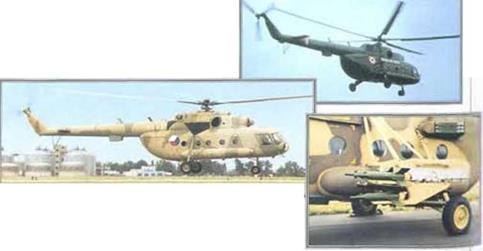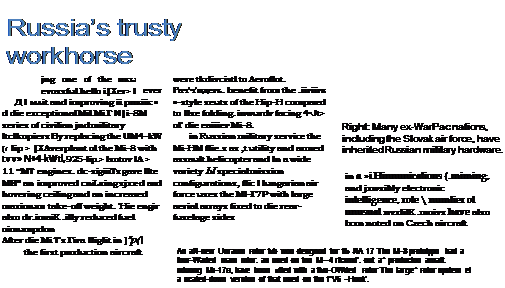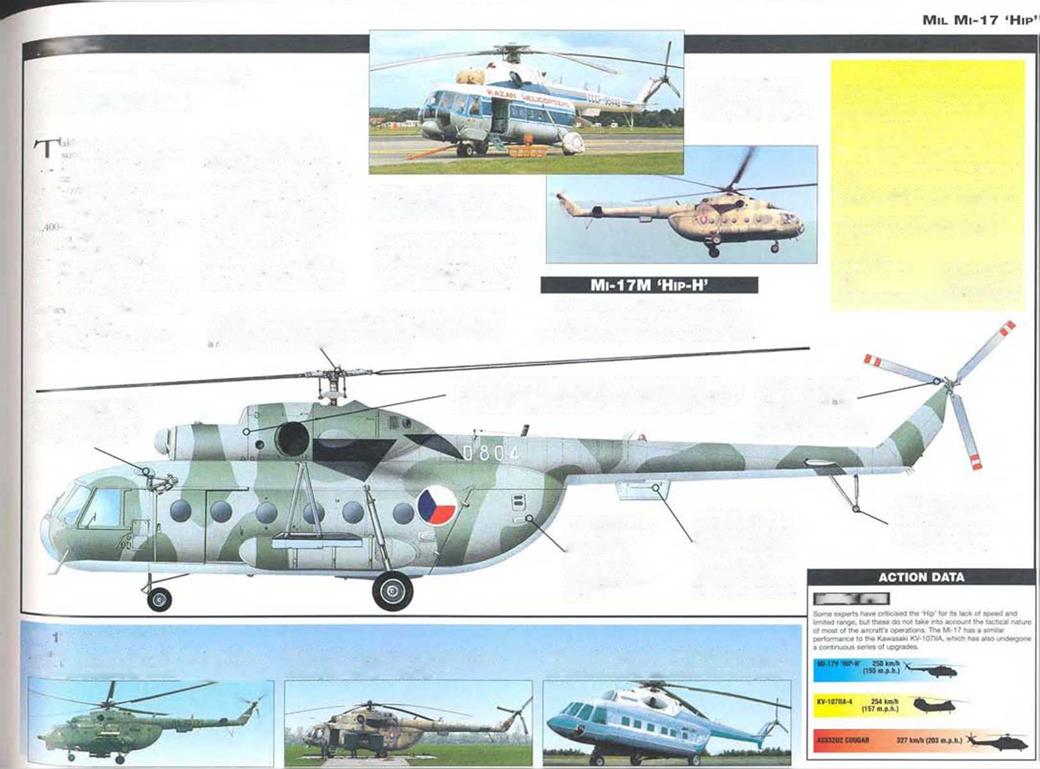|
|
|
Type: very targe heavyfifi helicopter
|
|
|
Powerplant: two 0-136 turboahaft engines each rated at 8.280-kW (t 1 t03-hp.) and driving an eight-btoded rotor
|
|
|
It represent» one ul the greatest advances in rtsary – wing aviation The Mil !i-26 ‘Halo*, fine flown hi 19"!—. l*KtM* unbelievable Stfctigth and lifting power The Mil engineering team, expert* at Wg lielicopter design took Ruvua Ivy storm when ihcir Mil Mi-26 Ix’gan airline and military duties. Then tile ‘Halo went to work, exploiting forestry minerals and hydro – elect ru pwver III the frozen expanse "f Siberia. The Mi-26 is so lutge that it surprised no one when it picked up and moved a four Ічхігооіп house
Піе Mi-26 is hig. I Hit it is also a beauty. Two incredibly
|
|
|
chores with the Mi-26. One amazing leal of the Halo was to fly over the burning Chernobyl reactor, dropping chemicals and concrete to try and staunch the radioactive flow.
|
|
|
Maximum speed: 295 knvti (183 m p h ) ai 6096 m (20.000 ft.)
|
|
|
power! til engines drive its eight-hl. tdc-d main rotor Pilots love this friendly giant: it has a spacious llight deck at floor level with large windows bulged to permit a look at underslung loads, and TV cameras augment die pilots’ all-round view With tile Іч-леІіІ of tins amazing visibility, the crew have little difficulty in carrying out major
|
|
|
Above: Tho Mil design bureau has long specialised in hcavylift helicopters. One ot the first to be soon in the West was the Mi-10 ‘Harke’ flying crane.
|
|
|
Range: 800 km (497 mi.) at economical cruising speed. 2000 km (1,243 mi.) with au**ary fuel tank
|
|
|
Normal ceiling: 4600 m <16.000 ft)
|
|
|
Weights: empty 28200 kg (62.170 tb.) «adod 56000 kg (12.346 to.)
|
|
 |
|
32 m (105 ft.) 33.73 m (110 ft 8 in.) 8 14 m (26 ft. 8 in) 804.25 m – (8.657 sq. ft l
|
|
|
Although the mam rotor ot tho ‘Halo’ is smaller than that of the preceding ‘Hook’, its advanced design generates more lift.
|
|
|
This htavyMt helicopter is in service with the Russian air force. Aeroflot, the Ukraine, and the Indian air force.
|
|
|
The VC’ Mi-26 has been designed vain the same tttemal rauss – Bocoon as the Syushm «-78 togstc freighter At 3.2 metre© squem (34 eq. ft.), it can hold contane»s or medn/n-saed vehicles w«xxjt ап/ difficulty
|
|
|
The eght-ttoded rotor <s ot very до.-апсоо Ое&дп ano of tghtweght but strong construct cr. ft enables the M – 26 to cany trace the toad of its predecessor»
|
|
|
Two ЫЯС-kW (11 203-ho) Lotamv turboahaft engnes power the V ‘.’fl ’Ivee oeir. er over 50 per cent more power than tne tfvw erv^nm of the Amenenn &коіаку CH-53E Scpm
|
|
|
CWTBnty utibsng ah/Twmzn-Mhwm altoy n its rotors, the •Halo – wf be fitted witncomposte bades in the future
|
|
|
|
|
|
|
The > taio’ я eaupceo wf.1 the necessary •Vwe»*tx lo By uv day O’ by ngM. ncurtng * cefT{xrtiif<sed *gnt navigation ■Wem, aromatic ■BN onlrri and a vmwmit radar m Н» ПОМООПв
|
|
 |
|
Hato’ can be quckty jurtd tor passenger port, freight, disaster reef ambulance Лйюз Ассеаз to tho cobm is through a large Олт ot clamshell doors at the nvtr. w(h a tower poor acting as о vehcie ramp.
|
|
|
Mil’s monsters
f Ш mil mi-6 ’HOOK": F<rst flown in 1957. H>e massive l№6 1 two decades If» world’s largest operational helicopter ■(yarn-, iup wings to provide ext/a lilt m forward flight. It could Carri 5S passengers or up to 12 tons of cargo internally.
|
|
|
CH-S3I SurtR SIAUIM

|
|
|
■ MIL Ml-10 HARKE’: Although the cabin of the Mi-6 was txg. И still could not handle outsize toads The Mi-10. which first flew л 1960. was a flying crane variant capable of hoisting loads the size of a bus and up to 14 tons In weight.
|
|
|
■ MIL V-12 ’HOMER’: The experimental aircraft «the largest rotary-winged machine ever flown. Powered by two sets of Mi-10 engines and rotors, rt carried a load of 40 tons to 2000 m (6,500 ft.), but control ргсФетз meant that It never entered production.
|
|

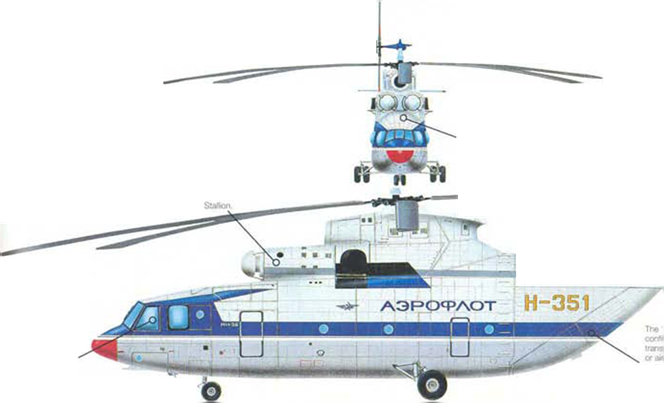
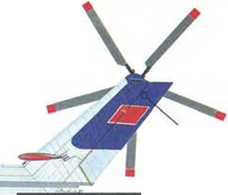

Mil

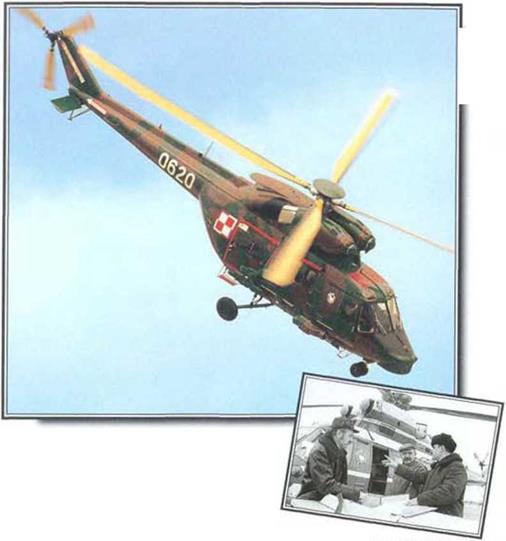 In 1979, with nearly 20 years’ experience of building Mil-designed hclicoptors behind it, Poland’s PZL Swidnik flew the first prototype of a new design designated W-3 and named Sok6l, or ’Falcon’. There was a long series of tethered tests and extensive design changes before the second prototypo flew in May 1982, and it was another three years before production began. Since then, PZL has developed several specialised variants for military and civil applications.
In 1979, with nearly 20 years’ experience of building Mil-designed hclicoptors behind it, Poland’s PZL Swidnik flew the first prototype of a new design designated W-3 and named Sok6l, or ’Falcon’. There was a long series of tethered tests and extensive design changes before the second prototypo flew in May 1982, and it was another three years before production began. Since then, PZL has developed several specialised variants for military and civil applications.













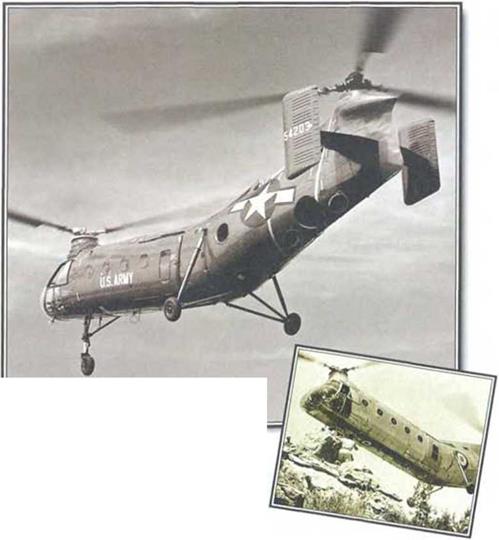 Developed for tho USAF from tho HRP tandem-rotor designs, the H-21 made Its mark with tho US Army, which named its the Shawnee. After missing the Korean War by just a year, the twin-rotor H-21 Workhorse (its USAF name) entered service with Army aviation units In the 1950s and went to war briefly In Vietnam in the 1960s, the swansong of its career. A few oxamples served with foreign forces, mainly under the Military Assistance Program.
Developed for tho USAF from tho HRP tandem-rotor designs, the H-21 made Its mark with tho US Army, which named its the Shawnee. After missing the Korean War by just a year, the twin-rotor H-21 Workhorse (its USAF name) entered service with Army aviation units In the 1950s and went to war briefly In Vietnam in the 1960s, the swansong of its career. A few oxamples served with foreign forces, mainly under the Military Assistance Program.

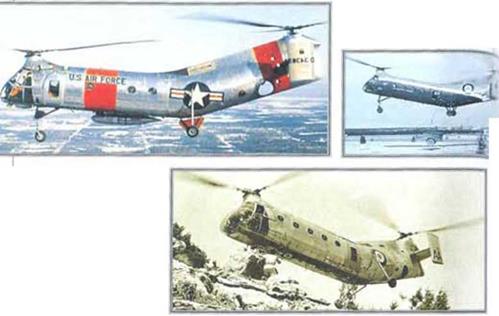 Operated by tho Bth and 57th Transportation Companies, and armed with Browning machino-guns. tho CH-21C served (or just two years.
Operated by tho Bth and 57th Transportation Companies, and armed with Browning machino-guns. tho CH-21C served (or just two years.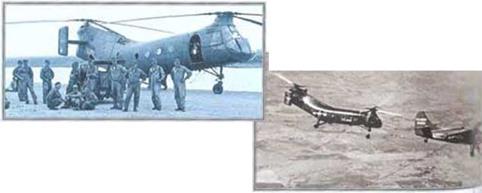




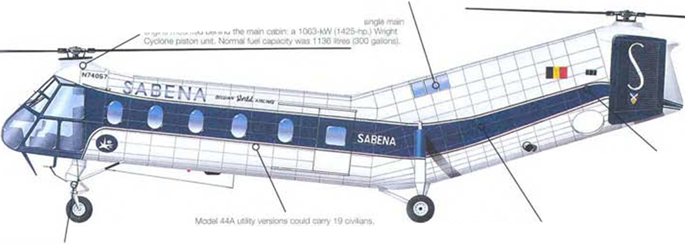










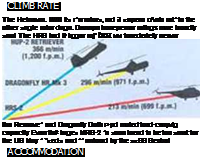






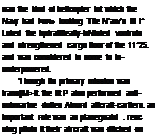
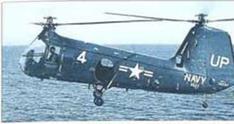

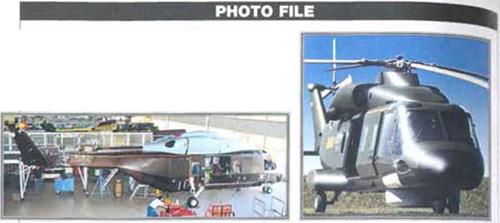
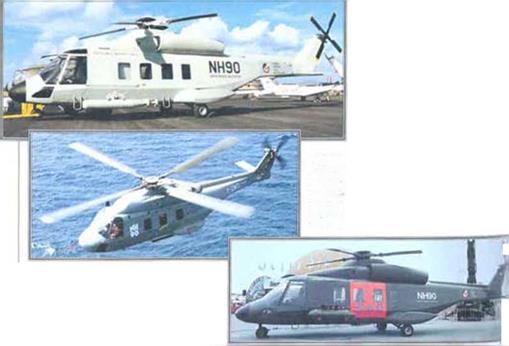 ▼ Difficult start
▼ Difficult start

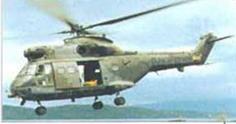

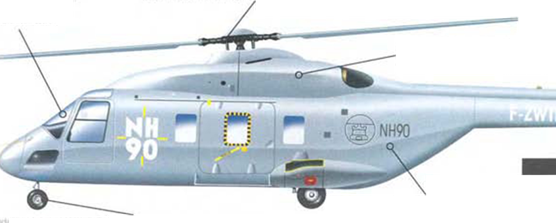
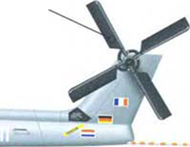

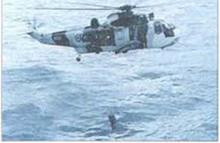
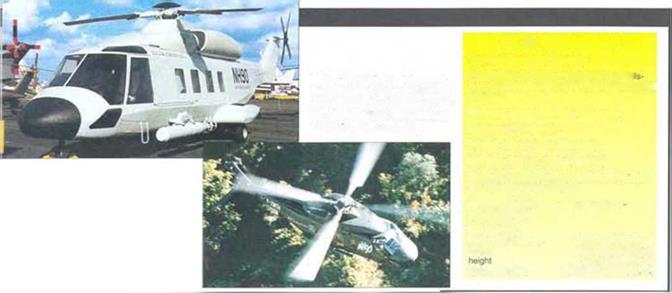
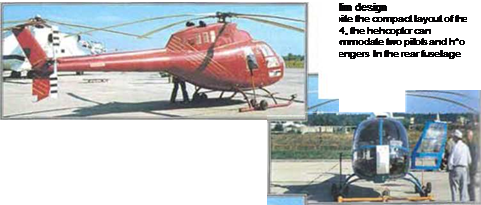

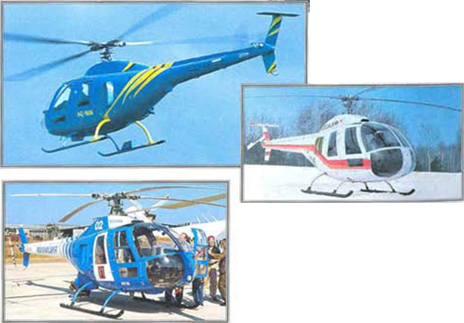 A military training variant has undergone flight testing with the Soviot armed forces as a possible replacement for the Mi – UMi-2.
A military training variant has undergone flight testing with the Soviot armed forces as a possible replacement for the Mi – UMi-2.



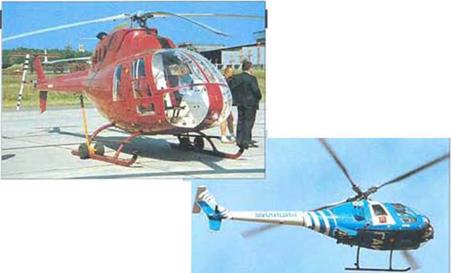



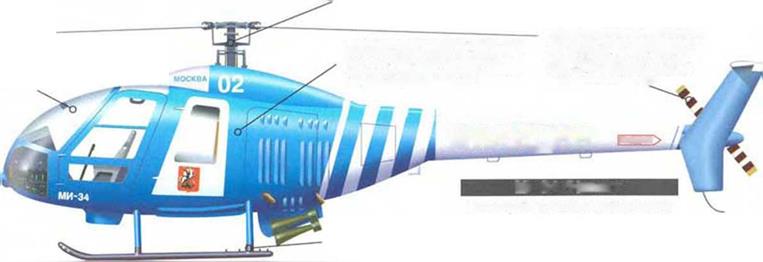
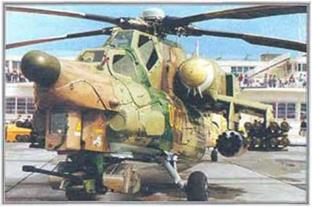
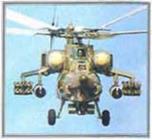
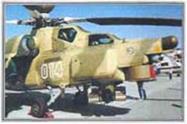

 ▲ Turret-mounted gun
▲ Turret-mounted gun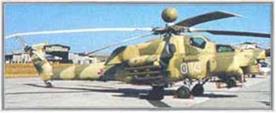
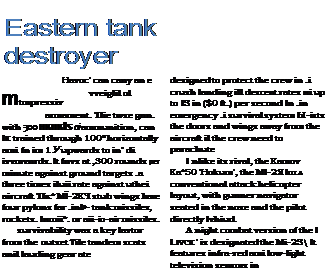



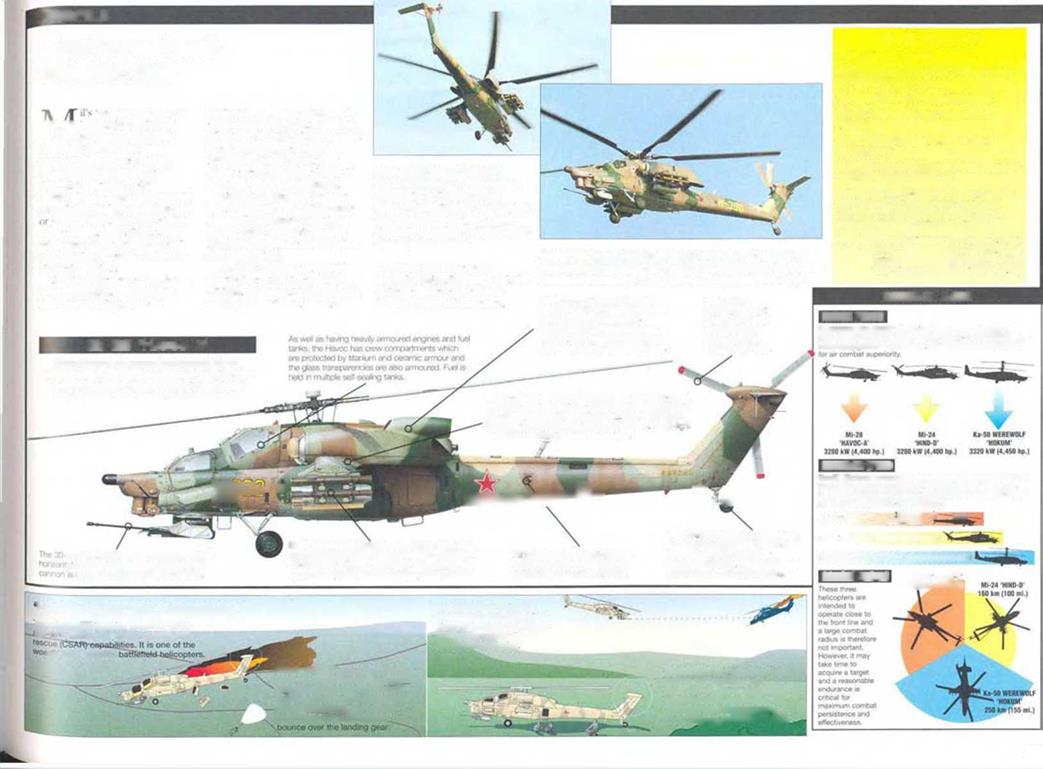

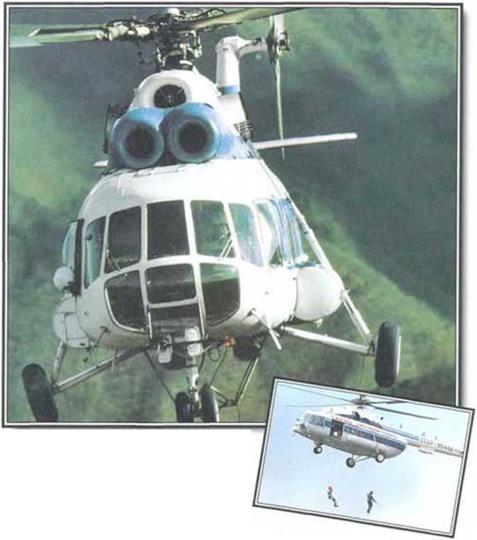 Russia’s powerful and versatile
Russia’s powerful and versatile

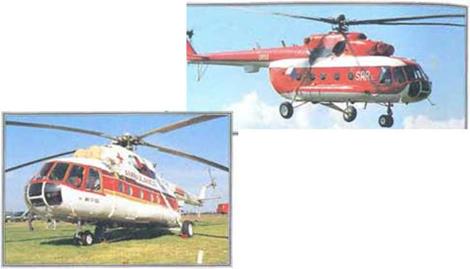 Many ‘Hip-H’s are used m tho search-and-rcscuc role, with a powerful winch fitted above the cabin door on the left-hand stdo of Чю fuselage. This Czech aircraft does not carry the optional emergency floatation equipment.
Many ‘Hip-H’s are used m tho search-and-rcscuc role, with a powerful winch fitted above the cabin door on the left-hand stdo of Чю fuselage. This Czech aircraft does not carry the optional emergency floatation equipment.